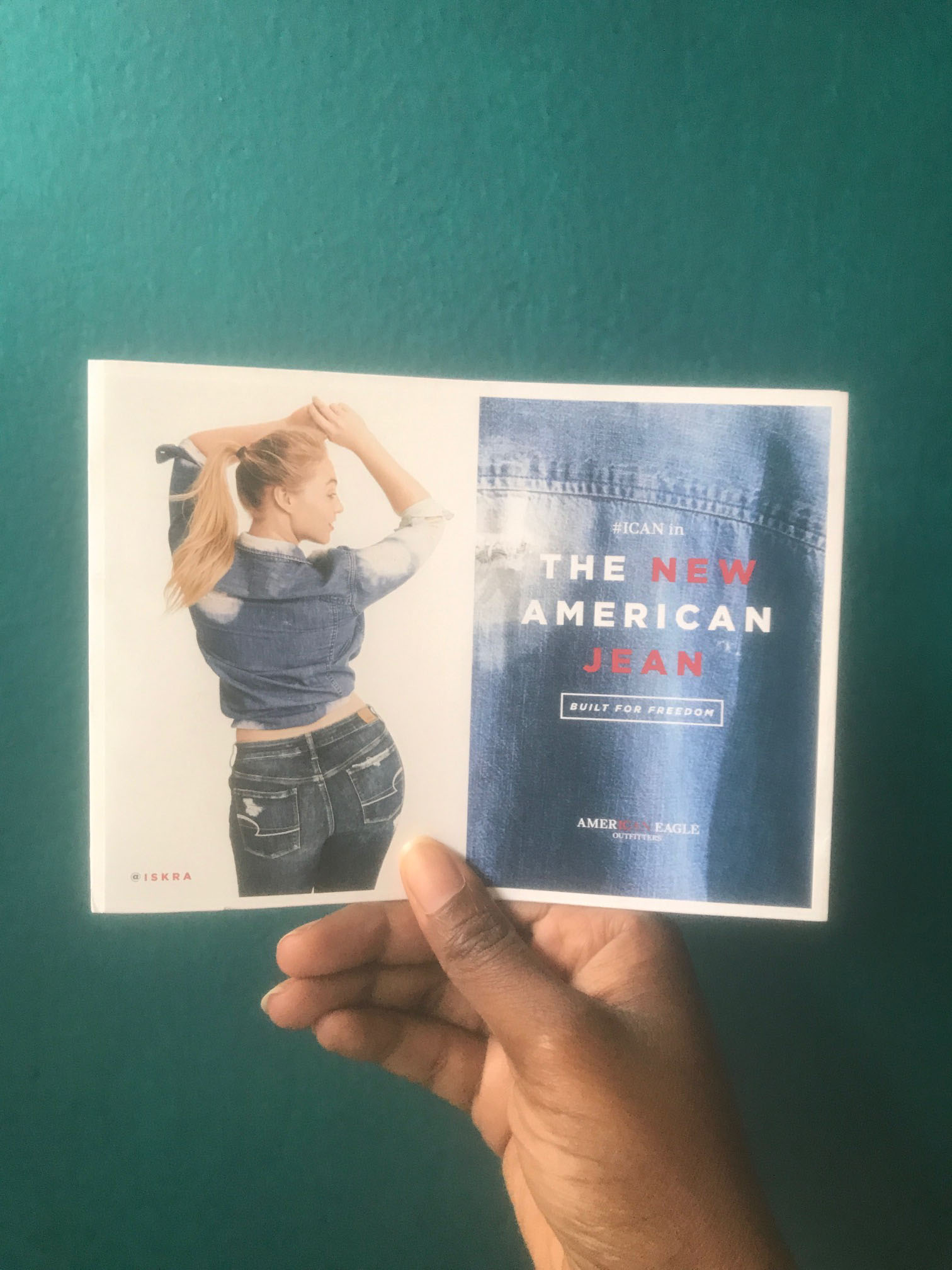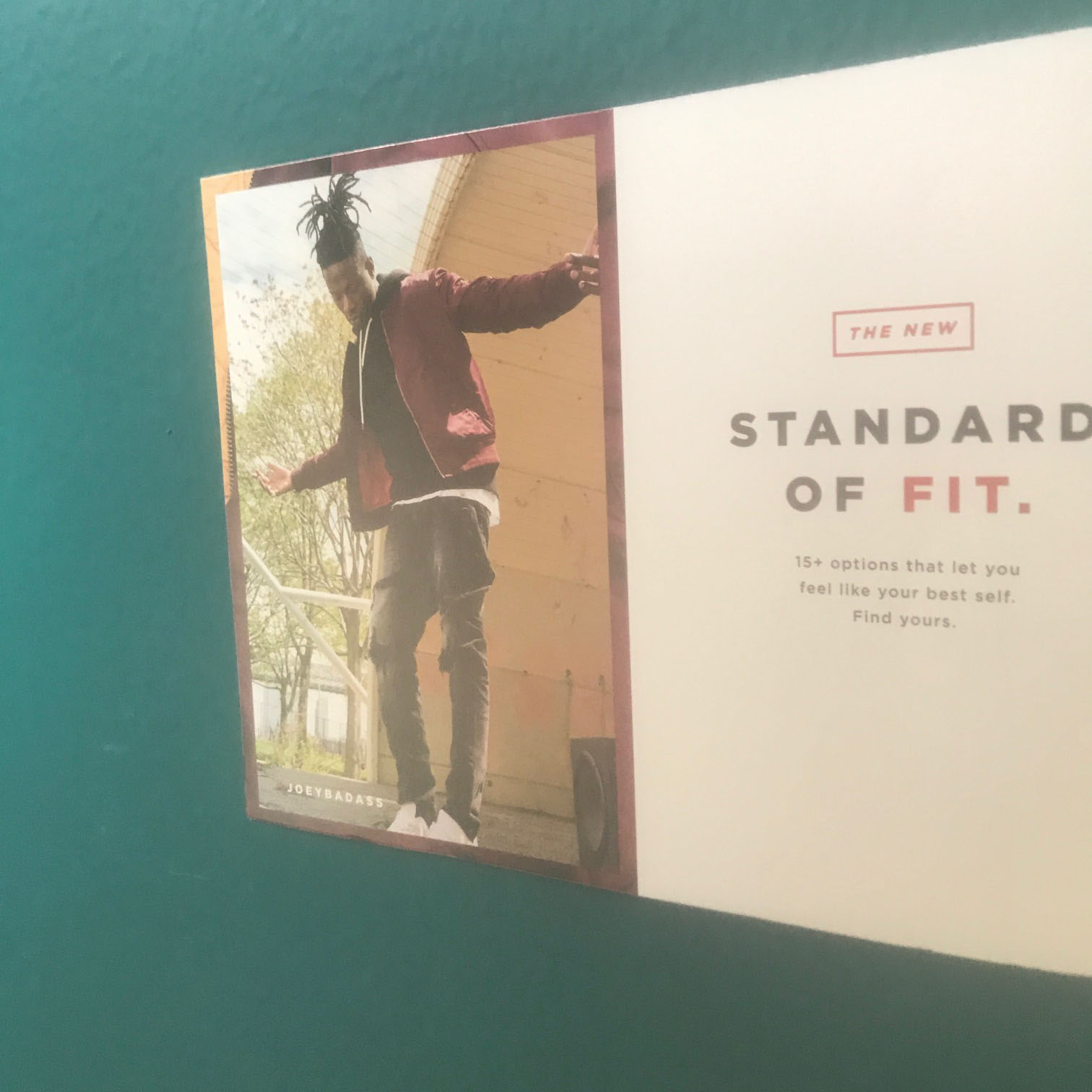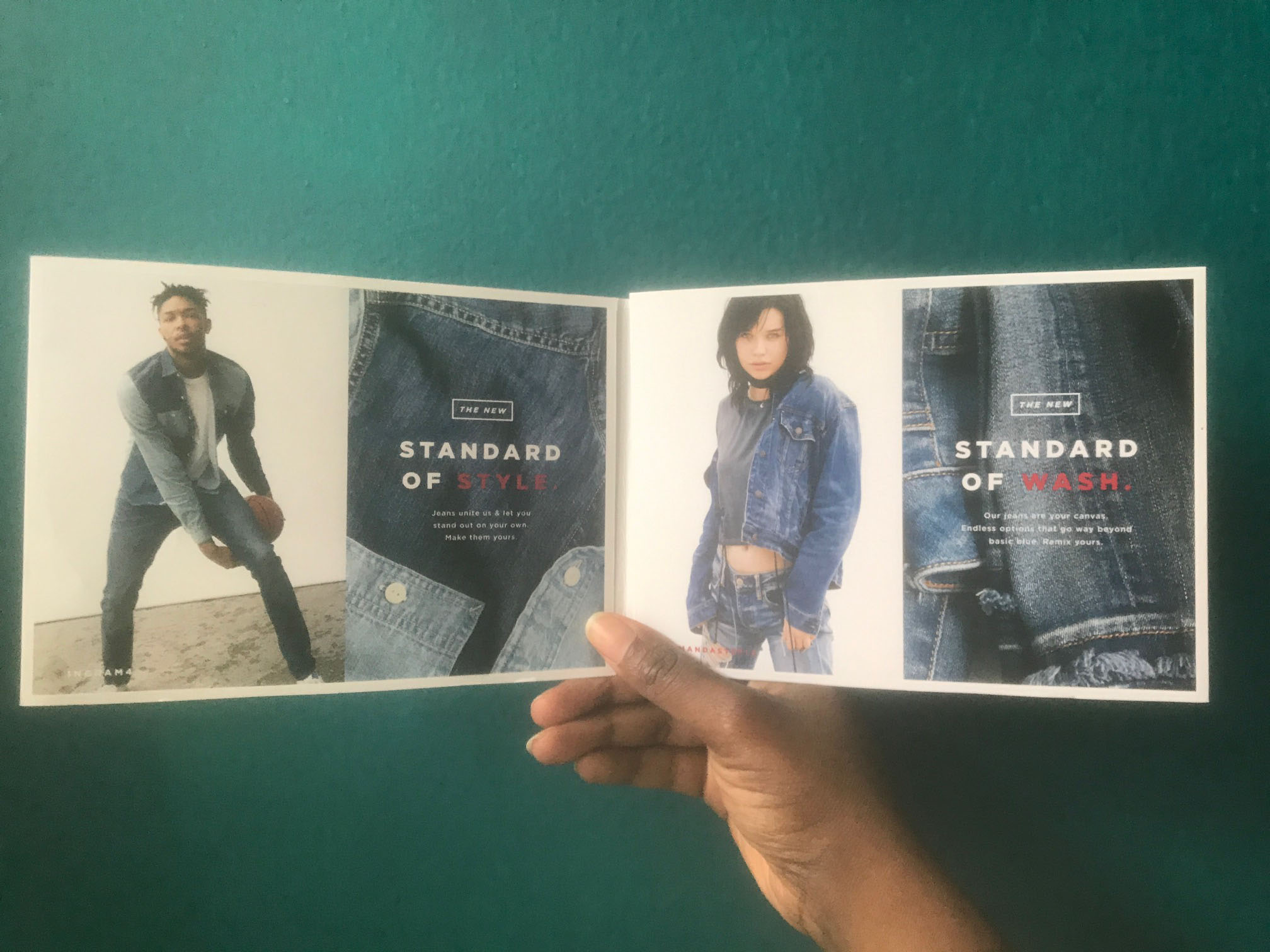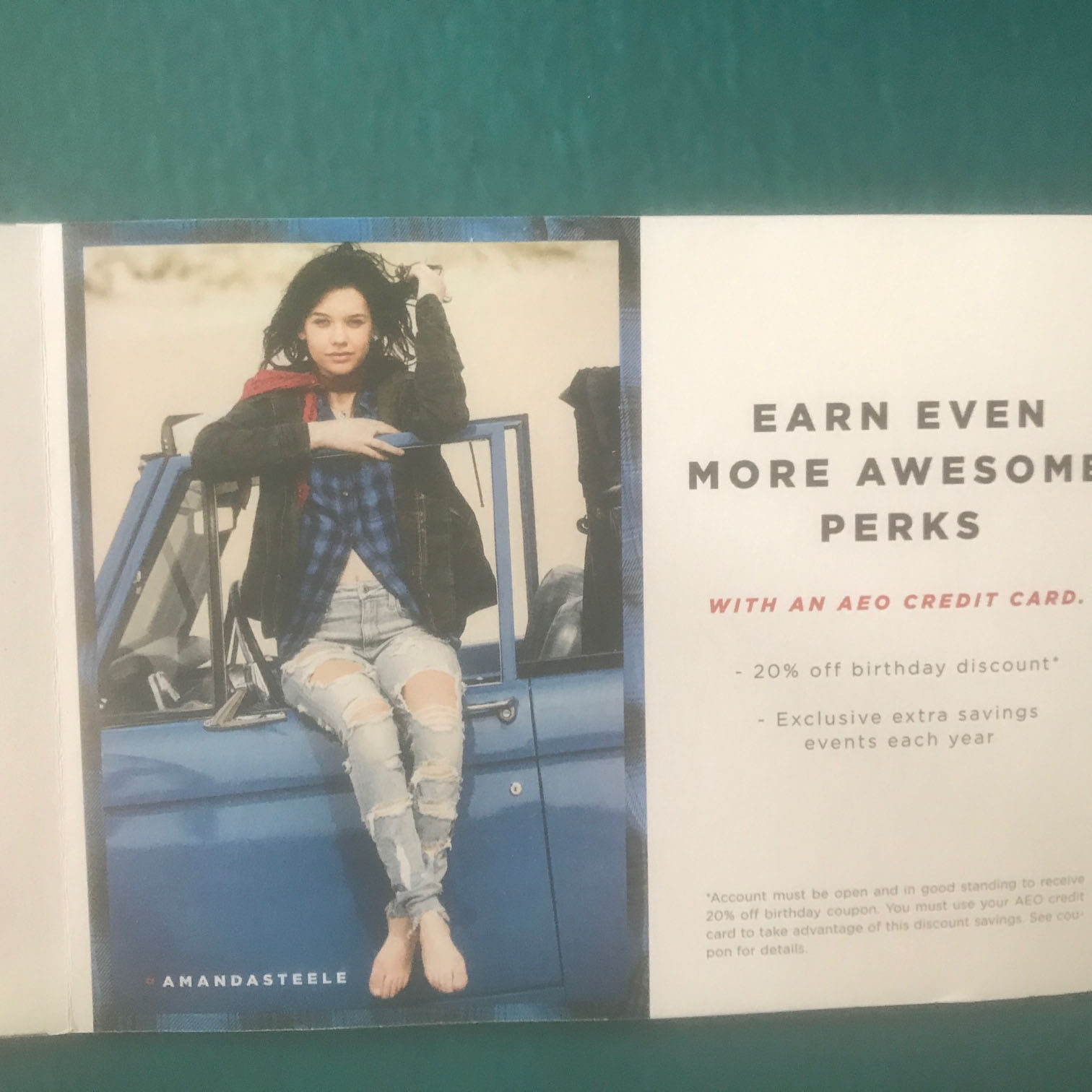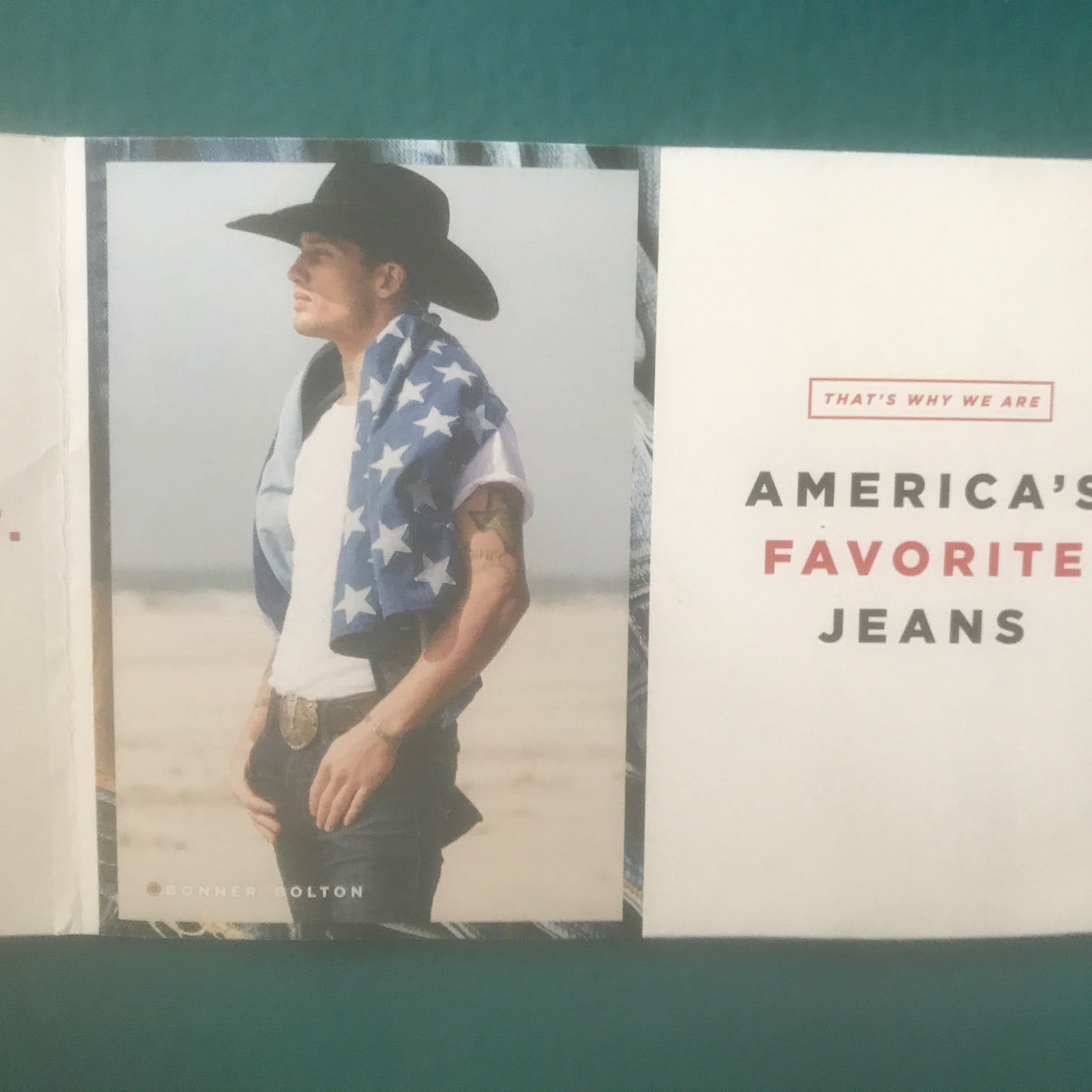Sep
Diversity Without Pity #32 | American Eagle
[responsivevoice_button voice=”UK English Female” buttontext=”Listen to Post”]
Continuing the Diversity Without Pity series can be daunting. It’s a dubious distinction. I’m basically saying, “Yeah, for thank you for acknowledging us!” It’s hard to muster the energy to be positive about diverse media in an era where you can see a White nationalist rally on your news feed, and several people will have the nerve to respond with the hashtag #ThisIsNotUs.
But I continue the series because you can never take a break from systematic exclusion. It’s pervasive in our communications systems. Uprooting exclusion means acknowledging when someone is doing it right.
Which brings me to the diverse marketing of American Eagle.
While this may seem like a new thing and a cynical cash-grab for the times we are in. This was always American Eagle.
My experience with the brand is much more personal. In my early 20s, I had trouble looking for part-time work in retail. I had previous floor sales experience, but If I was interviewed or even hired, it would be for back-of-store inventory work. This was in the early ’00s, so places like Abercrombie & Fitch would either ignore my application or interview me only for overnight shifts.
I was offered a position at A&F to work overnight inventory but turned it down to specifically work on the sales floor. I knew what was happening. I saw crowds of Black consumers who walked past the A&F, knowing they weren’t invited in. I wanted to be a visible Black face on the floor. I found out only a year later, A&F’s practices were systematic, and a class-action lawsuit was filed against them, for all the things I suspected were wrong.
When that didn’t pan out, I applied to American Eagle. It was temporary seasonal work. It was also one of the lowest-paying jobs I ever had (which is a separate, but equally important issue.) But I was acknowledged and hired. I was a good salesperson, and most importantly I could be myself. I always remember my time there with fondness.
Because as A&F was getting sued for discrimination, with their regressive ideas of what “All-American” should look like, American Eagle was marketing people who looked like me and my friends, selling jeans I could fit in and afford, while also hiring people who looked like me. Even 15 years ago, they knew the idea of “All-American” could be more honest and a reflection of the American population, even before it was popular to do so.
I’ve aged out of American Eagle for the most part. But every so often, I go into a store to see how it’s doing. There’s a reported retail bubble, and a lot of mall stores are either going out of business or struggling. While most of us may not get our hands on profit numbers, a good measure of a store’s performance is how the store looks. A slightly-messy-but-attentive staff is a good sign. That means customers are buying product and being served. A store that is empty but looks untouched is not a good thing. That means no one is buying the product.
When I go into American Eagle on Saturday, it’s ransacked.
But I also notice something else. The customers are diverse. The staff is diverse. I’m acknowledged when I walk in. And I bought a few items before I left. That doesn’t happen by quick changes in marketing or token hires. That kind of loyalty is earned over years.
Diversity Without Pity is not about being in denial of this country’s racist past and present. It is a reminder of how much better our country can be when we stop believing Whiteness is the only way to be an American.
Diversity Without Pity is a blog series from IDSL, highlighting media that uses smart design, and considers the diversity of it’s casting without selling the viewer or consumer short.



